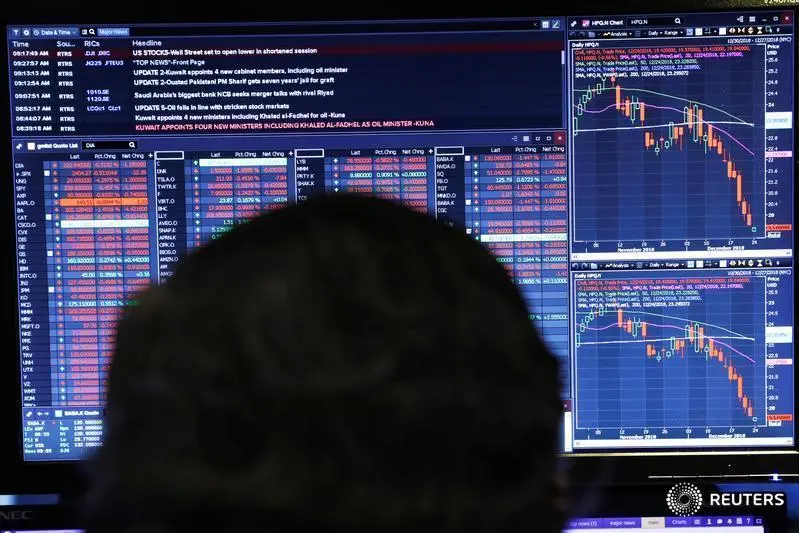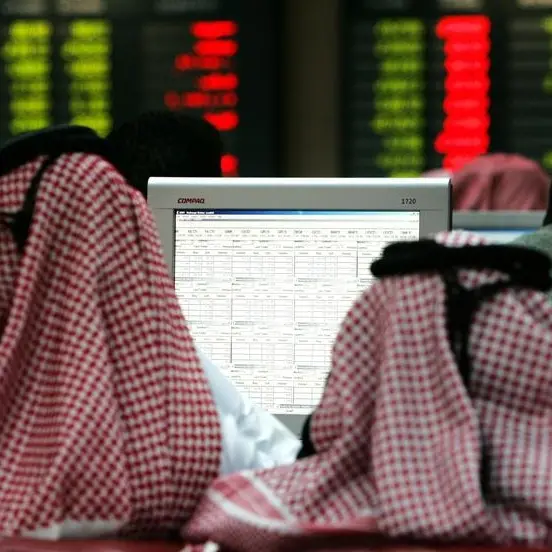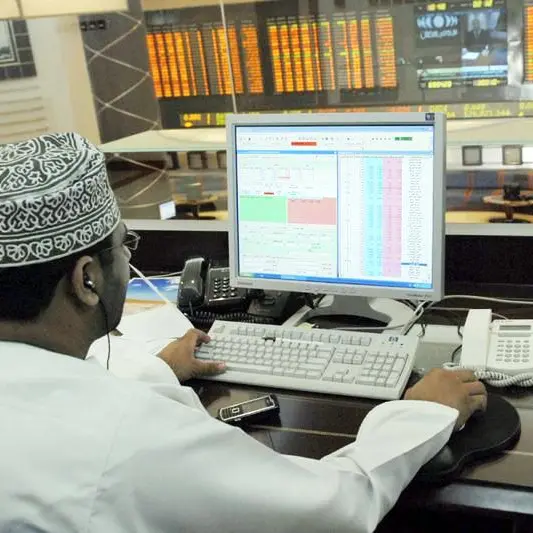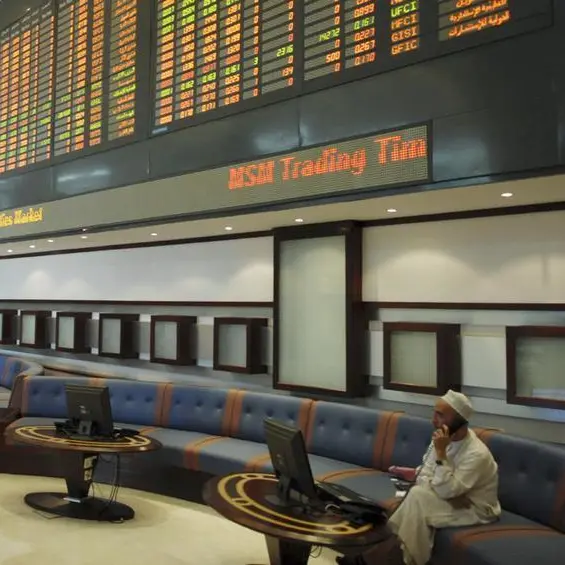PHOTO
Global economic growth will slow in 2019, with expansion rate in the United States falling to 2 percent, while Chinese growth will be moderate and European growth will remain relatively low and stable, according to the latest yearly outlook by the S&P Global Ratings agency.
“The U.S. will lead the trend, as fiscal stimulus will wane and monetary policy normalization will continue, with both weighing on growth,” S&P Global Ratings said in a report issued this week but dated December 11, 2018.
“For the Fed (U.S. Federal Reserve), we forecast three more rate hikes next year (2019), taking the benchmark Federal Funds rates to 3.00%-3.25%, above policymakers' current median estimate of neutral,” the report said.
Following its meeting on December 19th, the United States’ Fed raised the key overnight lending rate by a 0.25 percent point as expected, to a range of 2.25 percent to 2.50 percent.
The Fed said “some further” rate hikes would be necessary in the year ahead, with its policymakers projecting two rate hikes on average next year instead of three they saw back in September.
Investors welcomed on Friday last week a message by the Fed Chair, Jerome Powell, announcing that the Fed “will be patient as we watch to see how the economy evolves”, adding that the central bank was ready to change course “significantly if necessary.”
Stock markets across the globe rose on Friday, and Asian shares finished the trading day higher on Monday, following Powell’s announcement as well as hopes over easing trade tensions between the United States and China, as delegates from the world’s two largest economies will hold trade talks on Monday.
“China's expansion will continue to moderate despite a pause in corporate deleveraging, and we expect further policy easing as ongoing trade tensions and the effects on both business and investor confidence continue to bite,” S&P’s Global Ratings’ report said.
The report also added that European growth will trundle along, weighed down by concerns about the United Kingdom’s Brexit talks, Italy's budget, and Germany's new leadership ahead of a reshuffling of the European governance.
“Growth in Europe will continue to decline next year, in our view. We see domestic demand as the main driver of activity,” the report said, adding that consumption will benefit from falling unemployment, rising wages, and lower energy prices.
The BBC reported earlier today that Prime Minister Theresa May will hold a delayed parliamentary vote on her Brexit deal on Tuesday, January 15. The U.K. is due to leave the European Union on March 29.
“We continue to factor in a "soft Brexit" in our baseline, although we acknowledge that the odds of that outcome have diminished in recent weeks,” S&P’s report said.
Markets calmed in Italy by the end of December as the 2019 budget, presented to parliament in October, was passed on December 29, just ahead of an end of year deadline.
In her New Year speech, German Chancellor Angela Merkel urged Germans to pull together and unite in 2019, saying that she recognised that many Germans “bemoaned” the ruling coalition that took office in March.
“Despite this gloom, we are not jumping on the crisis bandwagon. In broad terms, we see the slowing of global growth as both necessary and healthy,” S&P said.
“We expect the path of growth and policy normalisation next year and beyond to be orderly for the most part; more an arrival of autumn than a coming of winter. This global slowdown is both necessary and healthy. It's not the beginning of another global financial crisis,” the report added.
S&P Global Ratings forecasts that global growth will ease from a six-year high of 3.8 percent in 2018 to 3.6 percent in 2019. The bulk of the decline will take place in the U.S. and China, but neither of the world’s two largest economies will be hit particularly hard, the report adds.
The top two downside risks to the ratings company’s global economic forecast remain an escalation and broadening of the U.S.-China trade war and the collateral effects of U.S. interest-rate normalization, according to the report.
The upside that would lead S&P to improve its view is “a change in strategy or way of thinking, a key policy objective, and a stretch goal.”
The report cites three triggers from each major economy, the U.S., China and Europe that could lead to an upside.
For the U.S., the three triggers would be: pivot from imposing tariffs against China to starting a new Strategic Economic Dialogue, launch a Federal infrastructure program and stick a toe in the multilateral waters and revisit the Trans-Pacific Partnership.
For China, the three triggers would be: recognise that the country's economic model creates frictions with the existing global order, give the market a more decisive role in the economy, and retire the GDP growth target.
For the European Union, the three triggers would be: Germany should take the lead and reflate, Italy needs to boost its productivity; fiscal rectitude is second-order and the final trigger is to make life easier for the periphery by partially mutualising some debt.
(Reporting by Gerard Aoun; Editing by Shane McGinley)
(gerard.aoun@refinitiv.com)
Our Standards: The Thomson Reuters Trust Principles
Disclaimer: This article is provided for informational purposes only. The content does not provide tax, legal or investment advice or opinion regarding the suitability, value or profitability of any particular security, portfolio or investment strategy. Read our full disclaimer policy here.
© ZAWYA 2019






















